Topped with a pine cone fretel, fitted with fixed side handles known as "Etruscan" biscuited and gilded, the vases' lids, necks, bases, and pedestals are enveloped in a deep cobalt blue, illuminated by ethereal "antique" ornamental motifs (festoons of whorls, fleurons and bases, rosettes, palmettes, interlacing, and acanthus foliage scrolls) painted in fine gold. A pearly white enamel adorns this harmonious ornamental guimpure, weighted with listels, fillets, and rings.
Baluster-shaped, they are set on a quadrangular base molded in an ogee pattern with a similar base and decoration. On the reverse, in addition to the blue-painted mark of the striped shield of the Dukes of Austria of the Vienna Imperial Porcelain Manufactory, surmounted by the black-painted inscription "Austria," the titles of the aforementioned pictorial works by A. Kauffmann are captioned in German.
Fine-quality porcelain work from the second half of the 19th century, signed in their rotating decoration "A. HEER."
--------------------
Around "La Belle Hélène"
Elegance and formal sobriety, chromatic refinement playing on the contrast of vibrant colors on a burnished and polished gold or Cobalt Blue background, ornamental preciousness, and careful, even virtuoso, craftsmanship characterize this pair of ornamental vases, which should immediately be placed in the wake of the remarkable Neoclassical porcelain creations created during the heyday (1784-1805) of the Vienna Imperial Porcelain Manufactory. Furthermore, through her pictorial compositions, which include two major works by Angélica Kauffmann (1741-1807) - also author of "Venus Persuading Helen to Love Paris" (1790, Saint Petersburg, Hermitage Museum) and a "Judgment of Paris" (1781, Puerto Rico, Museum of Art of Ponce) - judiciously conceived as a counterpart, she establishes a subtle dialogue between a legendary story (Cicero, On Invention, II, 1-3) and one of the episodes of The Trojan War (Homer, The Iliad, Canto VI, lines 313-369) of which, associated with her tender lover Paris, Helen, known for her proverbial beauty, constitutes the keystone.
The first narrates how, faced with the creation of a painting representing Helen of Troy for the Heraion of Crotona, the famous Greek painter Xeuzis of Herakleia (464-398 BC) chose five of the most beautiful girls in this city and assembled their most perfect parts (head, bust, hands, legs, and feet) in order to "portrait" the one whose "beauty" equaled "that of the Gods." The second relates that during the disastrous conflict - the Trojan War (12th BC) - which pitted the Greeks against the Dardanians, Paris, then with Helen, was summoned by his brother Hector, leader of the Trojan Army, and inveighed by the latter to take up arms again and engage further in the struggle engendered by his unwavering love for the beautiful wife of the king of Sparta, Menelaus.
With discernment, the porcelain painter A. Heer added two small paintings, one of which, within a wild frame , seated under a leafy arch, Paris is lost in tender reverie before the portrait of Helen promised to him by Aphrodite following the conflict between the Goddess of Love and Beauty and Juno and Minerva; the second shows the champion of passionate love, Eros-Cupid, bowing before the virtues of righteousness symbolized by an impassive and majestic Juno/Minerva.
The quest for ideal feminine beauty, the rivalry between Reason and Sentiment, are three constitutive themes of Neoclassical aesthetics, pleasantly addressed in these high-quality ornamental vases that will appeal to any lover of porcelain or the great fables inherited from Hellenistic culture.
--------
Signed in the "A.HEER" decoration
Marks: On the back of their bases, the vases, numbered "12," are captioned in black-painted cursive letters: "Xeuzis enturrr..ein .(.)" and "Hector Pâris und Helena." Painted blue mark with the striped shield of the Dukes of Austria from the Vienna Imperial Porcelain Manufactory, surmounted by the black-painted inscription "Austria."
Materials: Hard-paste porcelain with a burnished and polished gold ground and a Cobalt Blue ground; polychrome decoration and engraved fine gold highlights; white enamel.
Dimensions: H. with base: 37 cm; W. with handles: 15 cm; base: 12.5 x 12.5 cm.
High-quality porcelain work in the Neoclassical style from the Vienna Manufactory. Second half of the 19th century.
Beautiful condition. Vivid and luminous colors. Well-preserved gilding.



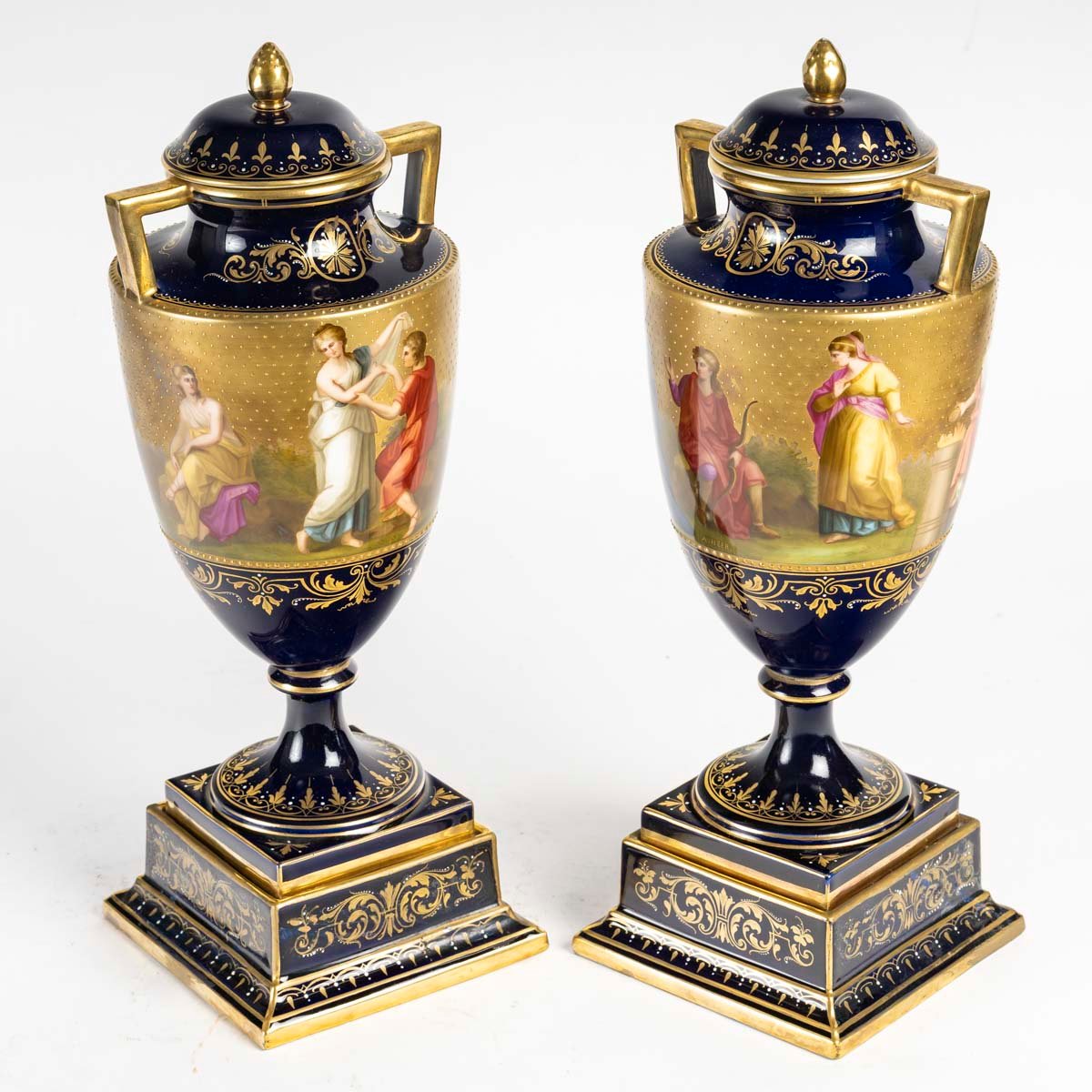







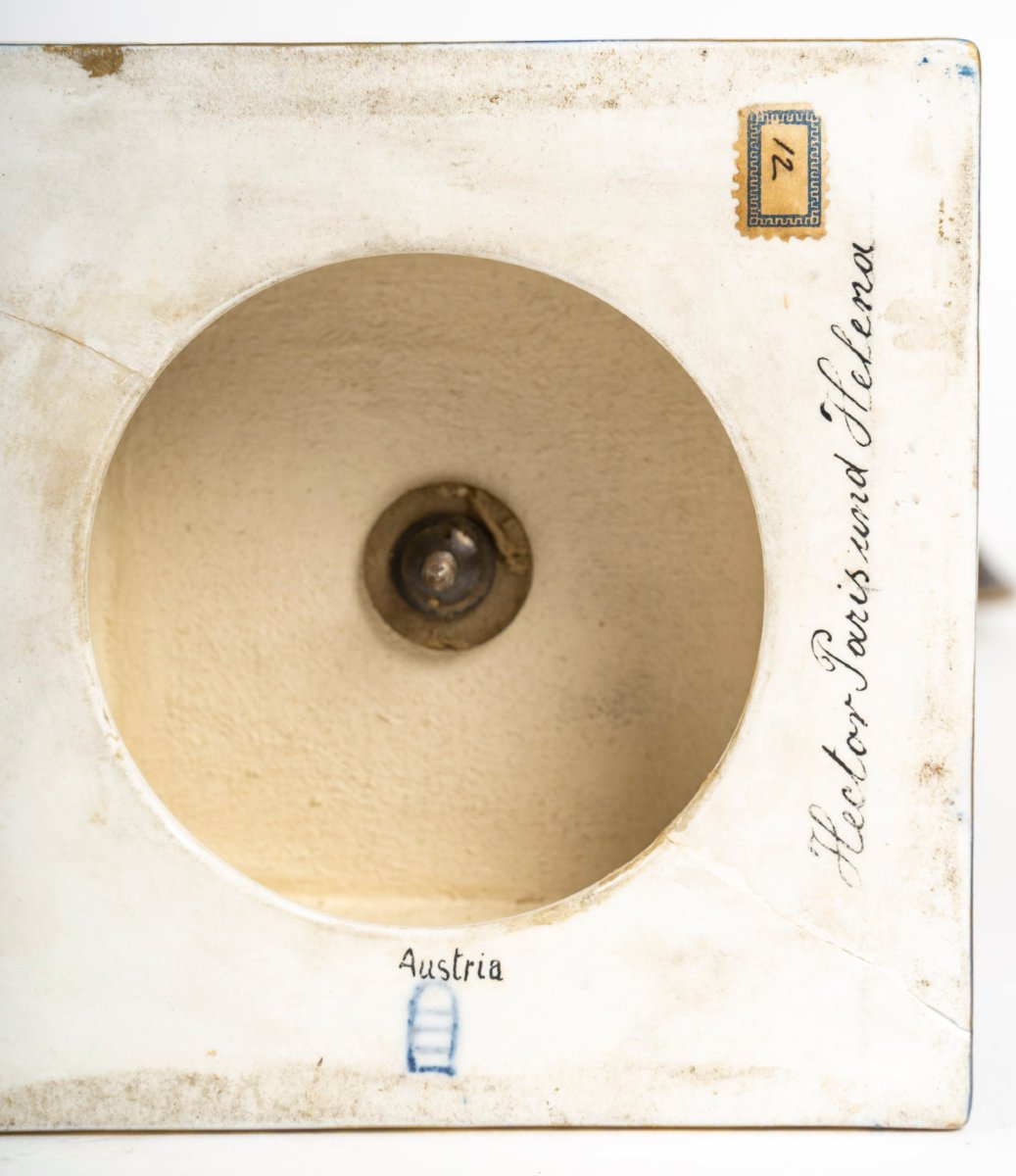











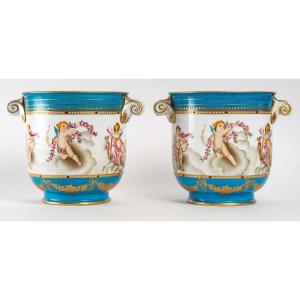


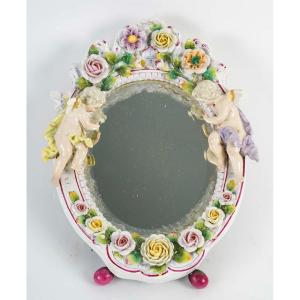
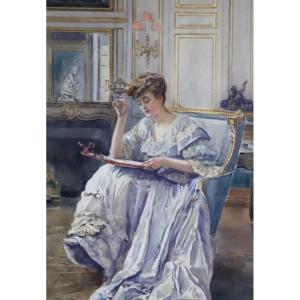

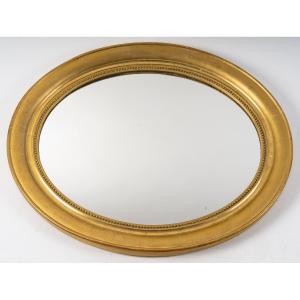


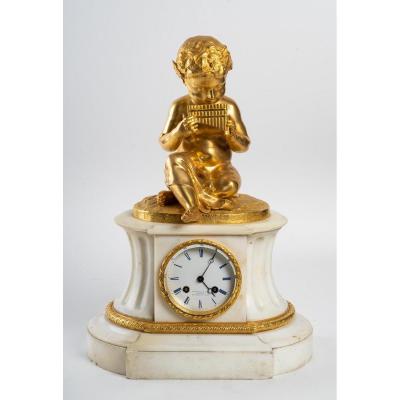

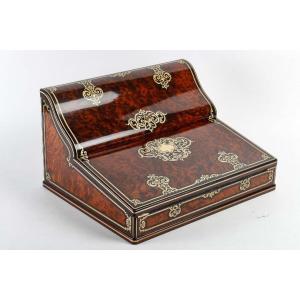


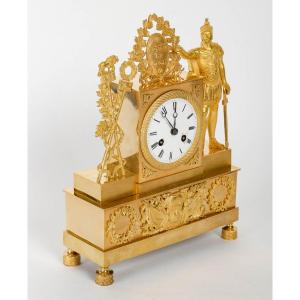

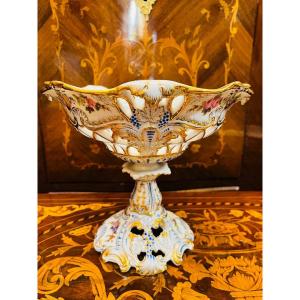
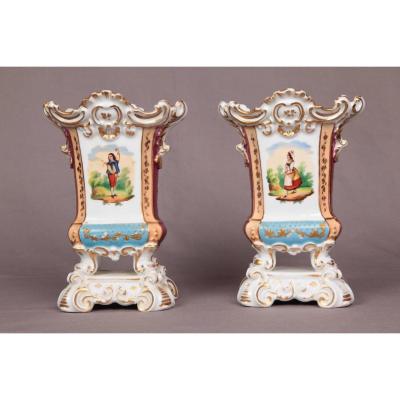
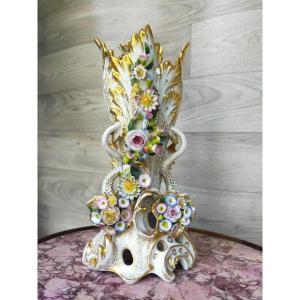




 Le Magazine de PROANTIC
Le Magazine de PROANTIC TRÉSORS Magazine
TRÉSORS Magazine Rivista Artiquariato
Rivista Artiquariato